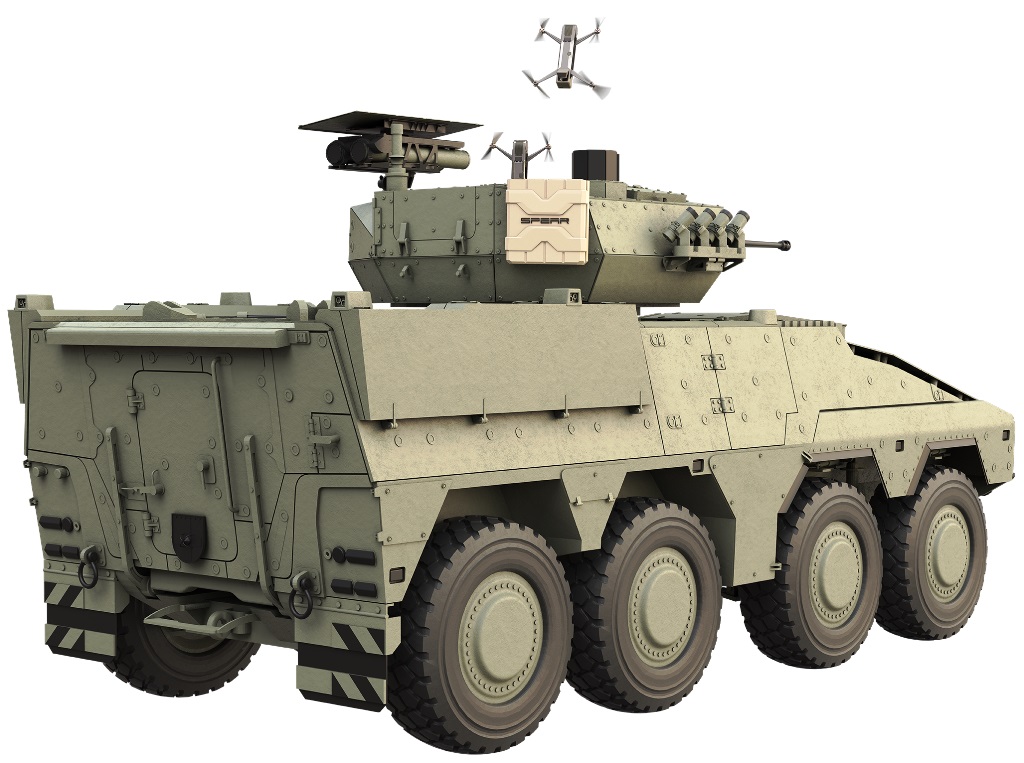
DSEI 2023 – SpearUAV: Viper 300 MCL unmanned aerial weapon solution for multiple platforms
Specialised in encapsulated drone systems, its smaller systems being the Ninox 40, SpearUAV has developed a new platform-centric approach to cope with its customers’ needs, introducing at DSEI 2023 the Viper 300 MCL, for Multi Canister Launcher
The Israeli company considers a key issue putting the emphasis on platforms, for which SpearUAV proposes its Viper 300 and Viper 750. As all the UAS developed by the company, also these two have a quadcopter configuration. This has two obvious disadvantages over fixed wing solutions, endurance and range, however SpearUAV aims at be relevant in the Echelon 1 battlespace, its systems being aimed to the squad, platoon, company and battalion level, for which 20 to 30 minutes endurance is considered sufficient.
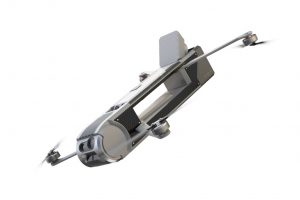
For land applications the Viper 300 loitering munition is the company workhorse. With a rectangular section, when the airframe leaves the capsule the four arms carrying the four rotors swing forward and backward, an aerodynamic surface swinging up around 45° at the back of the fuselage. The front section includes the day/night optronics and the warhead. The Viper 300 is fitted with artificial intelligence algorithms capable to discriminate between low- and high-value targets, the final word being always that of the operator according to the man-in-the-loop concept, the soldier the video feed and sending commands via the two-way data link,. The man on the ground workload is reduced as the system can autonomously navigate via waypoints and is fitted with automatic tracking.
When provided in the infantry configuration the single canister has a weight of 2.2 kg, and according to SpearUAV the system is ready to be launched in less than 90 seconds. However this time is now reduced to nearly zero when considering the new MCL hat can be fitted to vehicles, having therefore a number of Viper 300 ready to be used.
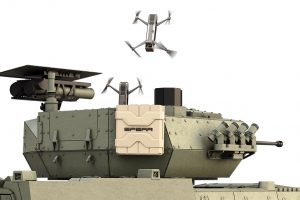
This not only further improves reaction time but also allows launching multiple Vipers. Thanks to the system modularity the payload can be different, i.e. an ISTAR (Intelligence Surveillance Target Acquisition Reconnaissance) Viper might be equipped with an improved sensor suite and a bigger battery, increasing its endurance. The ISTAR Viper is an eye-in-the-sky that can operate in favour of the other Vipers, but can also be used to provide target cues to other weapon systems, such as i.e. a Spike missile. Of course should the need arise a target can be dealt with by a number of Viper 300, swarming being part of the system capacity according to the company. This allows deploying sensors and effectors, which can be monitored and handled under armour, possibly integrating the ground control station functions into the vehicle battle management system (BMS), something that has already be done with the Israeli Defence Forces BMS.
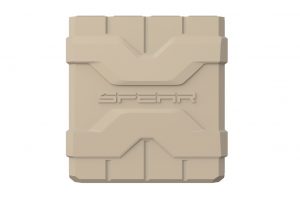
The MCL configuration is not fixed, as the number of Viper canisters to be installed will be decided by the customer, according to its TTPs (Tactics, Techniques and Procedures). The MCL can be installed on armoured vehicles in different positions, with maximum flexibility.
The Viper 300 in the ISR configuration is part of Rafael’s proposal to the UK MoD for Project Theseus, aiming to provide a Joint Tactical Autonomous Resupply and Replenishment (JTARR).
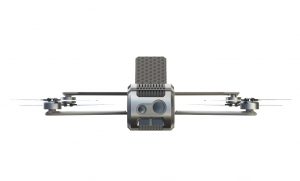
Currently the biggest and heavier system developed by SpearUAV is the Viper 750 UW, which maintains the same architecture of the smaller loitering muition. This follows the path of the Ninox 103 UW, for Under Water, and is currently the system proposned by SpearUAV for equipping submarines and not only.
With a 2 kg take-off weight, 1 kg being the payload, the Viper 750 UW is hosted in a 4-inch diameter cylindrical container which is compatible with standard signal ejectors. To fit in the 102 mm diameter tube the airframe size is 97 mm when folded, its length being 530 mm; once the arms unfold, which make it 860 mm long and 260 mm wide. The Viper 750 UW can fly for up to 45 minutes, has a maximum speed of 20 m/s and a 3,000 ft ceiling; it can operate in winds up to 20 knots, 3 mm/h rain, and can be launched up to Sea State 4. The container can remain afloat up to 24 hours, the UAV launch being pre-programmed, allowing the launch boat to clear the area.
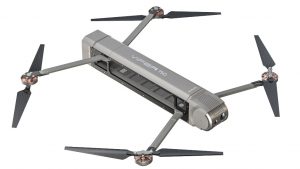
Beside the integrated electro-optic day/night suite, various payloads can be considered, from ISTAR ones, which need however the submarine to remain in the vicinity, comms range being around 10 km, and to be able to deploy an antenna to receive data, to other payloads such as electronic warfare ones, for example jammers. The typical mission is carried out using pre-programmed planning via waypoints, however an operator can obviously modify the route, based on the video stream, a mode that requires the availability of the two-way data-link. The link can also be used to create a mesh among different Viper 750 UW released by a single boat, artificial intelligence algorithms being used for optimising the intended operation.
The Viper 750 UW is also being considered surface ships to be used for example in the decoy role, SpearAV being ready to work hand in hand with customers in the development of new applications.
Images courtesy SpearUAV



